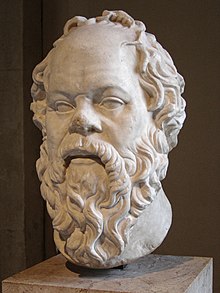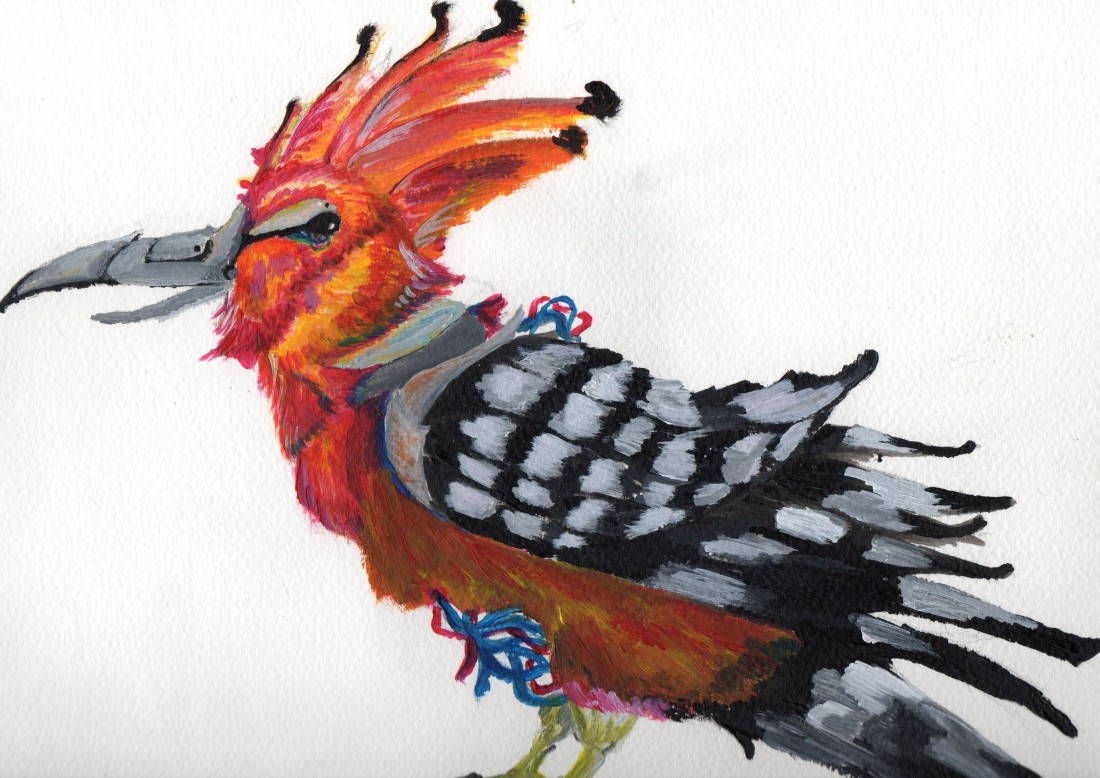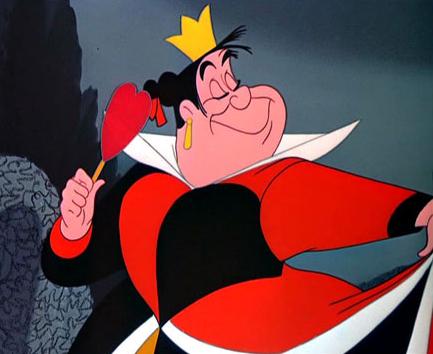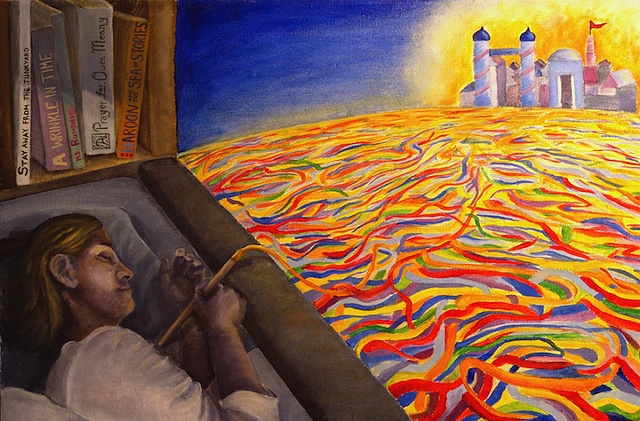While the first half of To Kill A Mockingbird retains a light and sometimes even playful mood, the midpoint flips the story onto a darker path, delving into the faults of humanity that continue to plague society today.
Secret Lives
To Kill a Mockingbird is a story of secrets: the secrets that we hide from others, and the secrets that we hide from ourselves.

https://tkamchapter16.weebly.com/mr-dolphus-raymond.html
One of the most intriguing secrets revealed to the reader is the lifestyle of Dolphus Raymond. While most townspeople see Dolphus as a drunk who got himself stuck in the black crowd, the reality is quite to the contrary:
“Secretly… I’m not much of a drinker, but you see they could never, never understand that I live like I do because that’s the way I want to live.”
Dolphus is a good-hearted person who doesn’t see reason to treat blacks any worse than whites. He may be good, but that does not make him brave.
Dolphus is an example of someone who isn’t weak enough to give into conformity, yet isn’t strong enough to fight back. Instead, he lives a lie to keep his family safe. And sometimes that’s all a man can afford to do. His secret may not be righteous, but it was made with the right intentions in mind.
Along with secrets exclusive to a few people, Maycomb County also has its fair share of secrets that everyone hides from themselves. These are the hypocrisies that society attempts to avoid in fear of change.

https://actions.sumofus.org/a/social-security-for-teachers
One of these lies is perpetuated by Scout’s school teacher, Miss Gates. While in the middle of explaining how America is better than Germany because everyone is “equal,” one of Miss Gates’s students unintentionally points out an obvious flaw in her argument:
“[The Jews are] supposed to change money or somethin’, but that ain’t no cause to persecute ’em. They’re white, ain’t they?”
This inquiry leads Miss Gates to realize that inequality is bad enough in America that it is ingrained in children’s minds, making it comparable to that of Germany. But instead of acting upon her moment of clarity, she takes the path of least resistance by burying this hint of truth with one statement:
“Time for arithmetic, children.”
The Hero of Maycomb County
Throughout the story, the reader meets a broad spectrum of characters, from the kind, innocent Tom Robinson, to the tobacco-chewing, daughter-beating Bob Ewell, to the main character Scout, who finds herself caught up between these extremes. All of these characters reveal their flaws at one point or another – Scout throws the occasional fit, and even Tom gives up all hope and makes a run for it at the labor camp – all, except one: Atticus Finch.
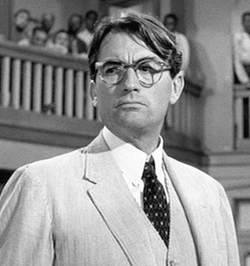
https://en.wikipedia.org/wiki/Atticus_Finch
Atticus is the hero of Maycomb County. He is kind and caring for his children. He is open and honest, being described as “the same in the courtroom as he is on the public streets.” But most importantly, Atticus is brave. He is willing to stand in the face of adversity when others falter. As Miss Maudie says to Jem:
“I simply want to tell you that there are some men in this world who were born to do our unpleasant jobs for us. Your father’s one of them.”
Courage and leadership are the two signs of a hero. Atticus says what others are afraid to say, and this nonconformity is the catalyst for change:
“This case is as simple as black and white.”
This statement is arguably the most clever and impactful thing that Atticus points out in the entire story. On the surface level, he is telling the courtroom that his client is obviously innocent and there is no arguing that. But at the same time, he explains why this whole lawsuit was necessary anyway: Tom Robinson is black, and Mayella Ewell is white. It is, unfortunately, that simple, and Atticus hopes that when people realize this, they will also notice the absurdity in their own social norms. Only a hero could make such a bold statement.
But why is Atticus such a perfect hero? What is the ultimate purpose of his character? It is to show the reader that being heroic is not as easy as it seems, and does not always come with results, as other stories would lead us to believe. Atticus is the man who most people would want to be in such a predicament, but few actually have the willpower that it takes. It is much more likely that any given person living in 1930’s Alabama would question the racial divide as a child, but end up going with the flow by adulthood, because of how hard it is to change people’s minds. Even Atticus sees little fruit from all of his labor, with his biggest victory being the fact that the jury took some time to consider not unanimously voting against Tom.
Luckily, this can be seen from a more positive perspective. Sure, Atticus did not save Tom. And sure, equality is not right around the corner. But that’s not how change works. You can’t just expect a problem to solve itself overnight. These things take time. Racial segregation is a great American evil with deep roots in our history, but great progress has been made and continues to be made each and every day. According to this article from Brookings, in 1998, 86% of whites claimed they had black friends, compared to 18% in 1964, and about a third of the black population was already living in the suburbs.
Anyone can be Atticus, if he/she is willing to accept that progress is a slow march, and it will take the help of many more Attici before the fight is over.

http://www.oclc.org/blog/main/time-to-change-2/
Literature Circle
Instead of the usual Socratic Seminar, my English class discussed our reading in a “lit circle” format, where we were separated into small groups, with each person being assigned a specific job. For both weeks, we had insightful discussions, but the most interesting topic we talked about was the symbolism of the title.
Who is the Mockingbird? My group believes it is Tom Robinson.
/northern-mockingbird-58a6daec5f9b58a3c9160fb3.jpg)
https://www.thespruce.com/northern-mockingbird-profile-387262
Mockingbirds are known for their innocence.
“Mockingbirds don’t do one thing but make music for us to enjoy . . . but sing their hearts out for us. That’s why it’s a sin to kill a mockingbird.”
Robinson is comparable to a mockingbird in this way. Just like a mockingbird, he sang his song for Miss Mayella by doing chores out of the good of his heart. He was innocent, and killing him, just like killing a mockingbird, is a sin.
Conclusion
To Kill a Mockingbird is a classic, timeless tale rich with character. It conveys its themes of truth, lies, and prejudice cleverly with many intricate little details that come together to form a heartfelt read with a poignant message at its core. Although it did not change my life as many others claim it has, this story was nonetheless a quality read that made me think about society in ways I hadn’t beforehand. Everyone should read this book at least once.
4.5/5

https://sites.google.com/a/student.bcsdny.org/mrs-lagan-s-english-we/eng-1r/handouts/to-kill-a-mockingbird


